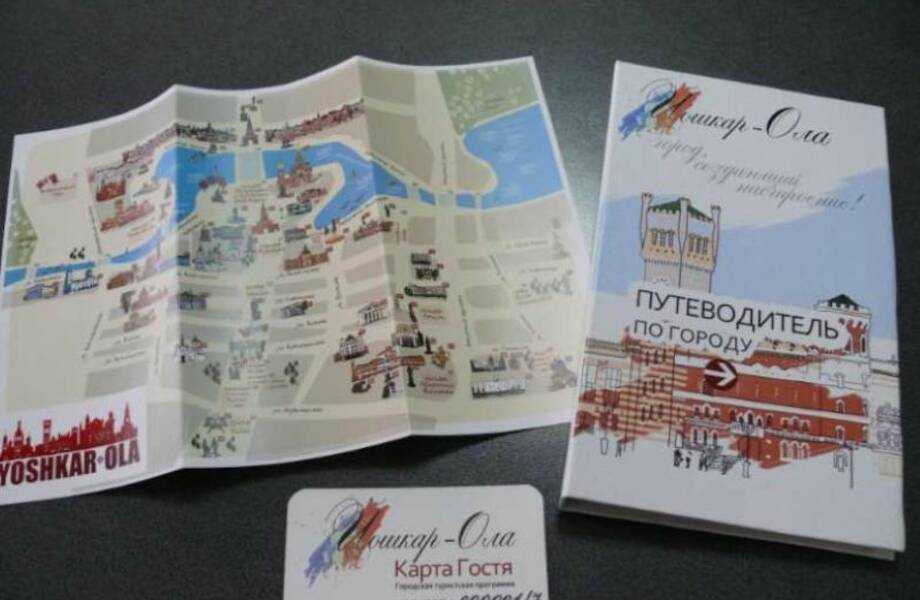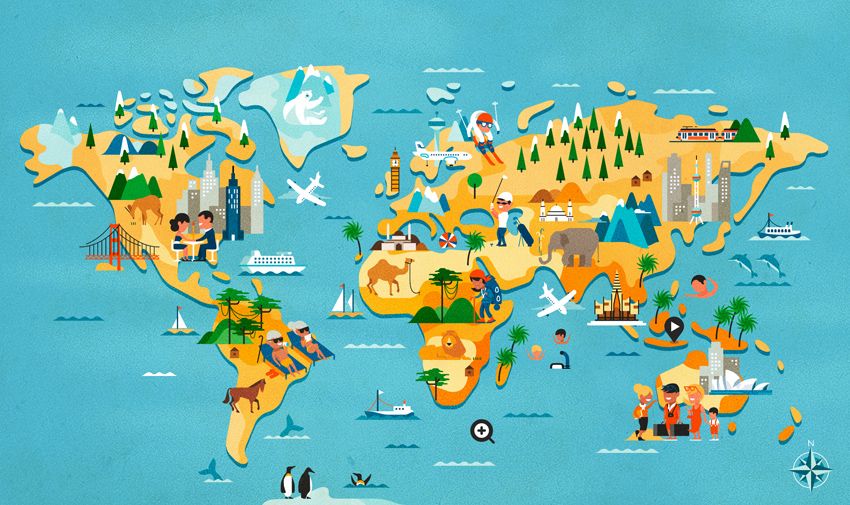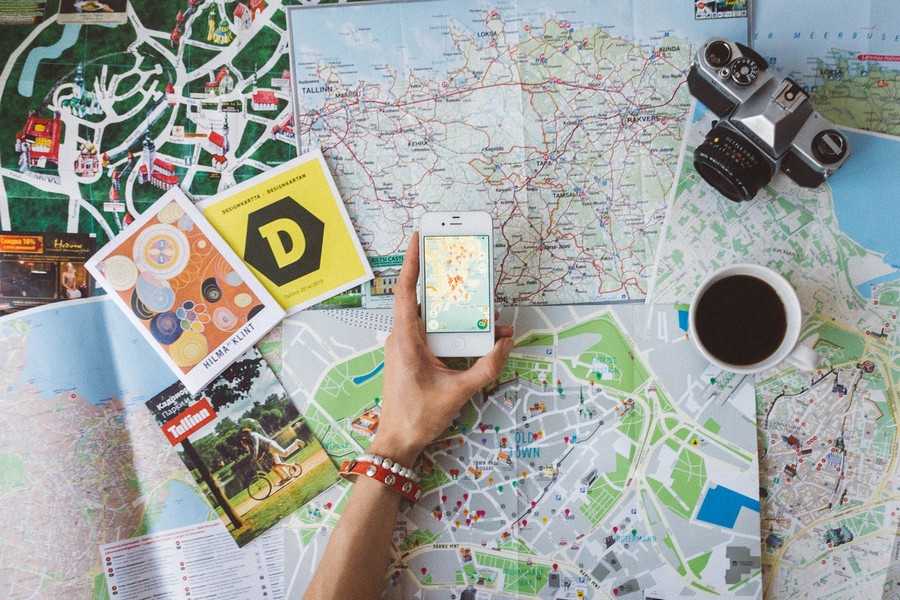Mexico Tourist Card – HOME
ENTRY IMMIGRATION FORM – TOURIST CARD
TRAVEL ADVISORY: If you are flying to Mexico the form is FREE, however, most commercial airlines NO LONGER hand out immigration forms. We strongly recommend you fill out your form(s) ONLINE for FREE so you don’t delay your immigration process when you arrive in Mexico.
COVID19 INFORMATION: As of today, Mexico is OPEN to ALL visitors. No special requirements, health tests, or quarantines are required. However, travelers are reminded to follow Health Travel Guidance as well as local and state advisories regarding COVID-19.
ALL foreign citizens traveling to Mexico MUST fill out an Official Entry Immigration Form (FMM) prior to their arrival to Mexico. To ease the immigration entry process now you can fill out the Immigration Form(s) in the comfort of your home or office. The online registration process is FREE, very convenient, straightforward, and all you need is your passport, flight information, address or name of the hotel where you are staying, and a printer to print your Official Entry Tourist Card. THE TOURIST CARD IS PER PERSON INCLUDING CHILDREN.
EXPEDITE YOUR ENTRY – When you arrive in Mexico you present your printed Tourist Card, your passport, and since your information is already in the system, the Immigration Officer just needs to stamp your Tourist Card and that’s it – Welcome to Mexico, Enjoy Your Stay!
Don’t Waste Time at the airport – Get Your Tourist Card Now, IT IS TOTALLY FREE!
Fill It Online
Print It
We’ll Stamp It
Welcome to Mexico!
|
WHO YOU ARE:
|
EXPEDITE YOUR ENTRY |
|
|
WHAT YOU NEED:
|
Please start with the form below
FAQ – Tourist Card
1.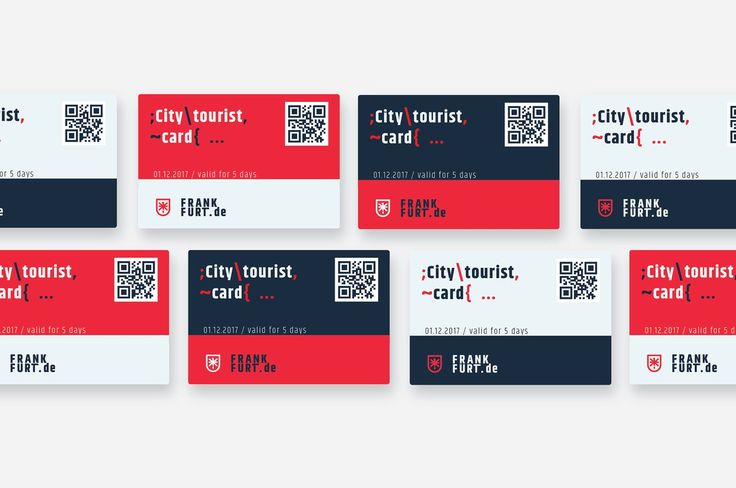
If you are visiting Mexico you need a Tourist Card which is an Entry Immigration Form that details information about your visit to Mexico. The Tourist Card is per person regardless of age and how long you will stay in Mexico. The information you provide in the Tourist Card is kept by the Mexican Immigration Authority as an official record of your visit to Mexico.
2. How much does it cost?
The Tourist Card is TOTALLY FREE. You don’t have to pay anything to get your Tourist Card online.
3. Do I need to send my passport for inspection?
NO, you DO NOT need to send us your passport. On the application form we will ask you for the information we need from your passport in order to process your Tourist Card. When you land in Mexico you will be required to present your passport and your Tourist Card to enter Mexico.
4. How long do I have to keep my Tourist Card?
There are two (2) parts of the Immigration Form, the Entry Form & the Exit Form.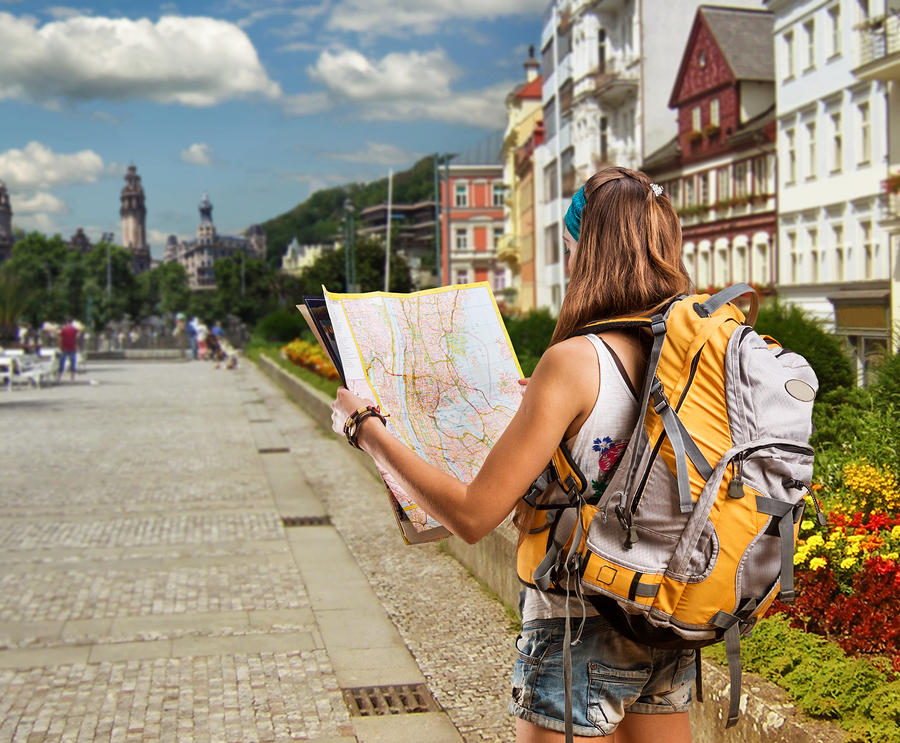
Instructions – Mexico Tourist Card
VERY IMPORTANT
If you are flying into the following airports in Mexico:
- CANCUN International Airport (CUN)
- COZUMEL International Airport (CZM)
- LOS CABOS International Airport (SJD)
- PUERTO VALLARTA International Airport (PVR)
- MEXICO CITY International Airport (MEX)
You DO NOT need to fill out a Forma Migratoria Multiple.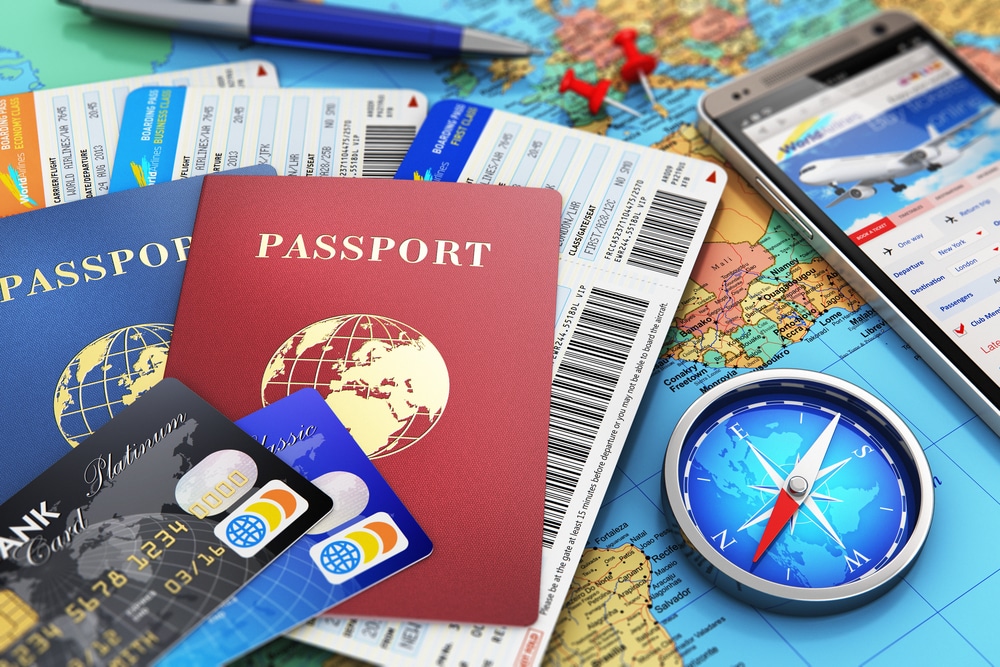
If you ARE NOT flying into any of these airports, then please continue with the instructions below
PLEASE READ CAREFULLY THE FOLLOWING INSTRUCTIONS
CLICK “CONTINUE” TO GO TO THE APPLICATION FORM
- The Tourist Card is PER PERSON so if there are 4 people traveling then EVERY PERSON needs a Tourist Card with their information.
- The Tourist Card is FREE for ALL PASSENGERS traveling “By Air” with a Major Commercial Airline.
- You can apply for a Tourist Card within 30 days of your arrival to Mexico.
- Your passport MUST be valid for 180 days to apply for a Tourist Card ONLINE otherwise you will need to fill out a form “manually” aboard the plane or when you arrive at an airport in Mexico.
- The information in the application MUST match the information in the PASSPORT.
- The flight information you need to enter (Airline Name and Flight Number) is your ARRIVAL FLIGHT to Mexico
- It seems there are some issues with some EMAIL systems so please DOWNLOAD and PRINT your Tourist Card when given the option.
- After you DOWNLOAD the first Tourist Card you will have the option for a “New application”
- You can PRINT the Tourist Card in “BLACK & WHITE” or in “COLOR” just make sure it is not blurry or ineligible.
- You will get 2 PAGES and DO NOT, we repeat DO NOT cut or alter the forms in ANY WAY, leave them AS IS.
- It is possible, but it rarely happens, that some Immigration Officers or some Airports may not accept the Tourist Card if they find errors or if they deem it necessary that you fill out a “manual” form.
It is up to the Immigration Officer to accept or reject your Electronic Tourist Card.
If you understand all of the instructions above then click CONTINUE to go to the application form and start the process.
continue
Hiking maps and mobile apps
Hello friends! Packing your backpack in anticipation of new adventures? Have you forgotten the cards? Or do you prefer mobile apps? Let’s talk today about the most popular maps for orienteering on a hike.
- Paper maps
- Maps me
- Fatmap
- Spyglass
- OsmAnd
- Locus map
- Short summary
- 900 05 Useful tips before your hike
You can spend an entire evening on a paper map. No, forever0003
The classics of Soviet tourism are still alive today. Paper does not need the Internet, does not waste battery power, and generally gives you the opportunity to take a break from gadgets and feel like a pioneer from the past.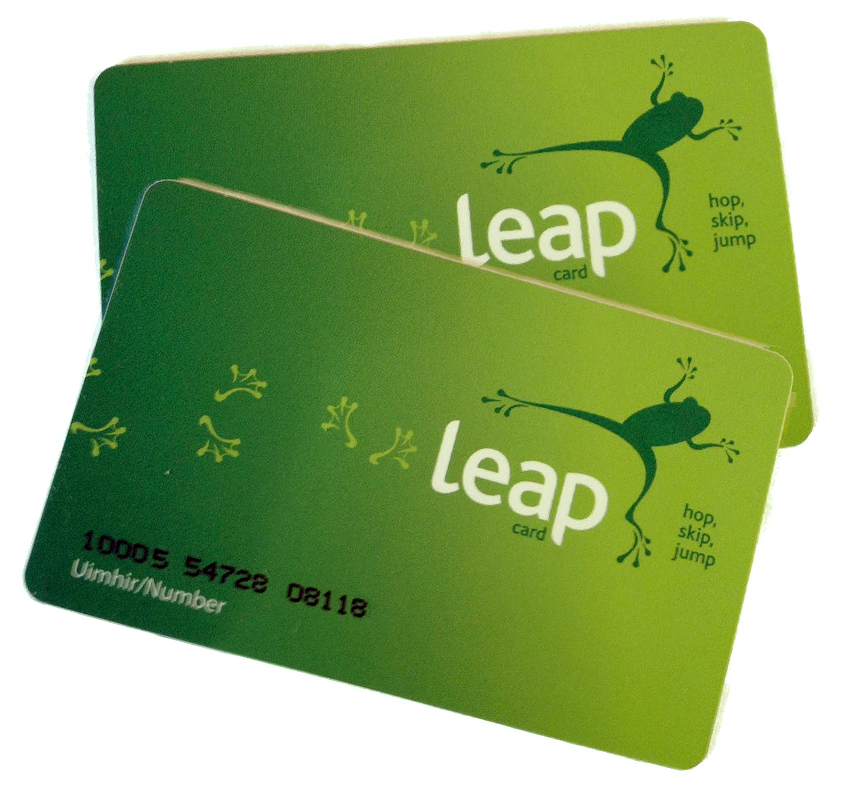
Unfortunately, the shortcomings are obvious. Cards get wet, wrinkle and eventually become irrelevant. So, for example, in the topographic atlas of the Apsheronsky district of the Krasnodar Territory, where such well-known settlements as Mezmay and Guamka are located, long-dismantled sections of narrow-gauge railways are drawn. And this, you see, is one of the important hiking landmarks. The latest version of the maps is already 2008. A lot has changed.
Let’s go check the maps of the Caucasus!
Hot tour
NEW!
Active tour of the Caucasian Mineral Waters
Hot tour
Journey to Dagestan
4.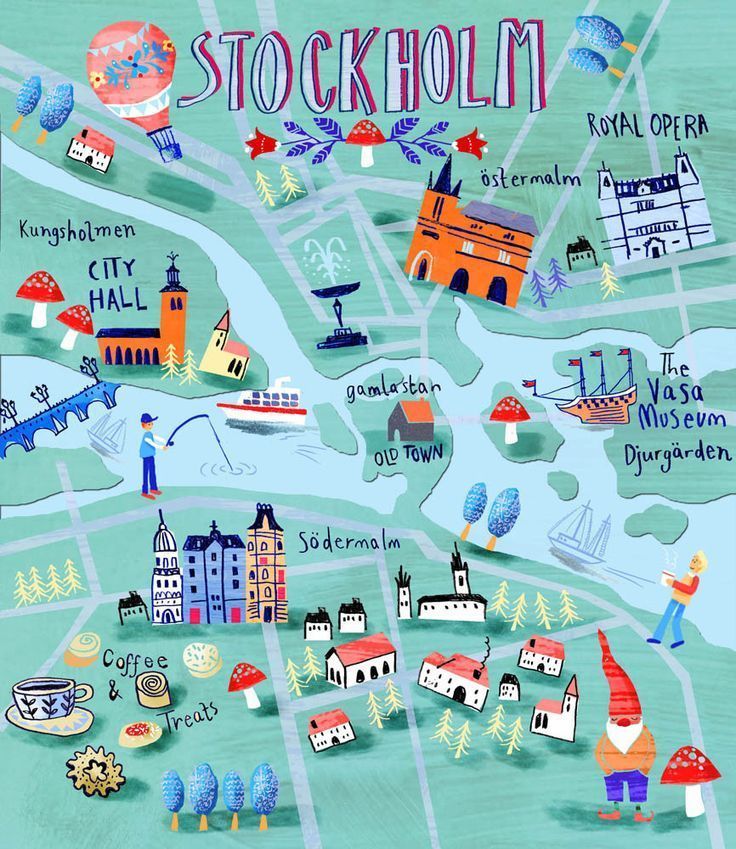
Hot tour
Running camp in Abkhazia. Mountains, sea, training for any level of training
5 6
Hot tour
Journey to Dagestan
4.7273 11
Hot tour
Active tour of Abkhazia: mountains, sea, waterfalls. All the best in 5 days
5 7
Early booking
Climbing Elbrus with hotel accommodation
4.9194 62
(IOS, ANDROID)
Night mode on maps me
Powered by OpenStreetMap. The application is most convenient to use as a navigator for a pedestrian and a motorist.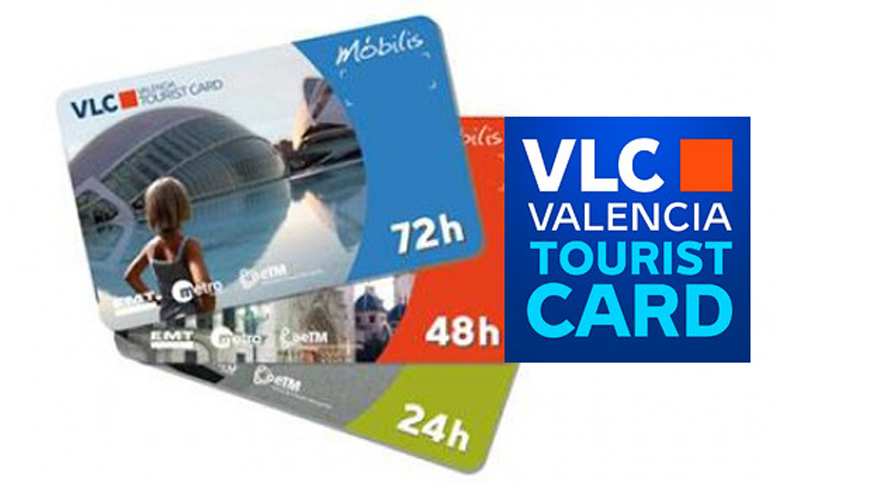
Trekking value: shows current speed, kilometers traveled and distance left, contains zoom buttons, saves recent travel up to 1 day. Consumes little battery. Allows you to download any number of maps for free and update them frequently. Displays lines of heights, but cannot boast of route detailing with the display of heights and descents.
One of the significant advantages is a clear interface. Of the minuses – maps.me does not see all the trails.
The application is editable. This is both a benefit and a catch, because. people tend to err. In addition, some objects (springs, drying rivers) are seasonal or disappear over time, and information about them may not be relevant until the next edits.
Application installed after December 2020 (when the owner changed) may not work offline. Decreased detail.
Advantages:
- the ability to use offline for free;
- easy to understand labels;
- marked heights;
- you can add and save objects.
Disadvantages:
- possible inaccuracies;
- some functions may not work in the new version;
- The complexity of the section is not always shown.
No matter how perfect the application is, the GPS can fail and the location will not be determined correctly. In order not to get lost, it is important to be able to navigate independently, correlating natural objects with a map. How about fun learning in nature? We will gather in a large friendly company, go on a hike, complete difficult tasks, play games and arrange gatherings around the fire. The family school of tourism is interesting for adults and children.
(IOS, ANDROID)
On fatmap mountains, as in the photo
The main feature of the application is three-dimensional maps.
Fatmap is written in English, but is available for study at random. You can use offline maps and layers only for money. The paid version is installed immediately for a year, but you can test it for free for 7 days.
Advantages:
- 3D maps;
- additional information on objects.
Disadvantages:
- offline maps do not work in the free version;
- takes a long time to load.
(IOS, ANDROID)
Spyglass
Useful for trekking and outdoor activities (hunting, fishing).
Differs in accuracy of navigation. Clearly finds a location in an open area. Helps to leave markers (for example, a tent or a car) and find the way to them.
Contains several kinds of maps and coordinates, compass and gyro compass, GPS navigator, waypoint tracker, altimeter, sextant, speedometer, range finder.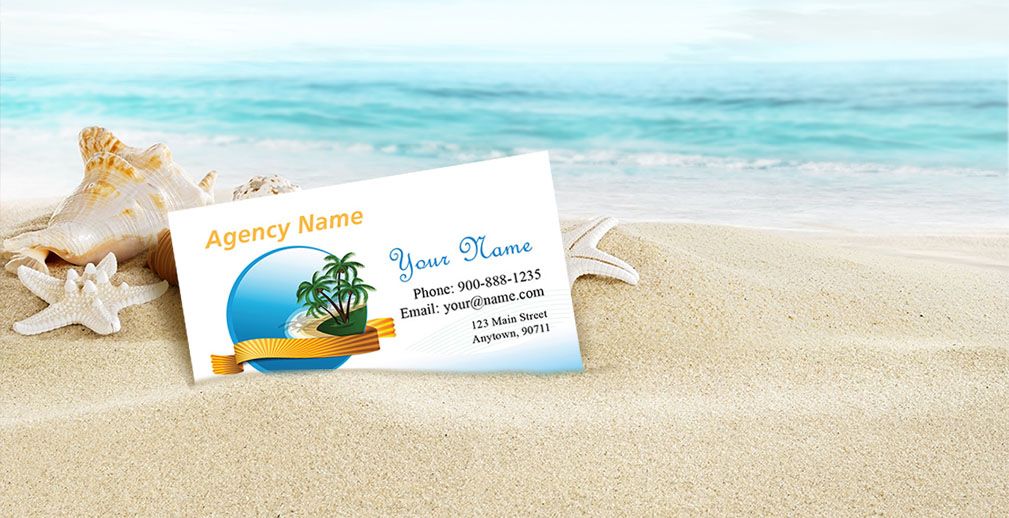
Memorizes multiple targets. Able to copy and paste, share points and coordinates in different formats. Takes into account the vertical speed.
Calculates the exact location of celestial bodies and helps to adjust the compass based on them.
One of the nicest features is the camera snapshots with GPS overlay.
Advantages:
- works offline;
- extensive functionality;
- precision.
Disadvantages:
- does not work correctly on some phones;
- quickly drains the battery.
(Android, iOS)
On the route to Mount Turkey Osm And shows objects in detail, but does not see all the trails
Suitable for hikers, cyclists, motorists, skiers.
Application based on OpenStreetMap maps. The free version contains 3 layers of maps with overlay control. For money, layers are available for cyclists and skiers.
Measures the distance to an object along a straight line and a polyline, lays a track, records a voice commentary on the object, sends a selected point in the messenger. You can edit, download and print the map, upload ready-made tracks.
The menu is complicated: it will take some time to customize the application for yourself.
In the free version of the application, you can download up to 7 maps, descriptions of attractions are displayed online only.
Paid version contains additional maps and elevation display.
Advantages:
- works offline;
- overlay layers;
- automatic routing available;
- stores desired points;
- editable map.
Disadvantages:
- takes up a lot of space on the phone;
- there may be inaccuracies and errors;
- difficult to determine the complexity of the site;
- limitations in the free version.
OsmAnd has such beautiful maps that you immediately want to go hiking. Pack your backpack!
Classic of the genre – hiking with a backpack
Hawkeye. Rock climbing and bungee. Trekking from St. Petersburg
4.875 8
Ladoga coast
4.9677 31
Hot tour
Hiking and kayaking tour in Crimea
4.8889 20
NEW!
Dyukinsky reserve. Climbing in the open air with a comfortable departure from Moscow
Ladoga coast
4.9677 31
Rocky lakes of Kuznechny
4.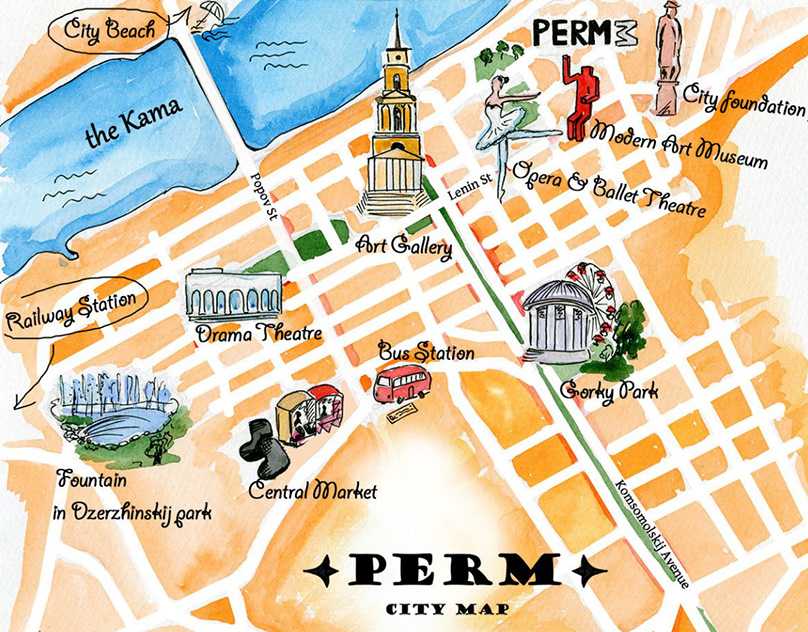
(Android)
Locus marked route
Application with simple interface, detailed off-road maps, elevation lines. Suitable for trekking and cycling, running and skiing.
Allows you to build and change the route (including in the “wild” area), share in the messenger, mark points. It is convenient to inform your friends about yourself if you get lost. You can load different track formats, work with topographic maps. If the screen is wet and does not respond to touch, it is controlled using the volume keys.
For sports fans, it will determine the speed, calculate the calories burned.
Free and paid versions developed. The first one works only with the Internet, contains ads and allows you to download up to 3 cards (the rest are bought in the store). Voice guidance and offline maps are available in the paid version.
Advantages:
- works offline;
- uses little power;
- contains various cards;
- automatic routing;
- descriptions of places of interest;
- route planner.
Disadvantages:
- restrictions in the free version;
- possible inaccuracies;
- is not available for iOS.
The good old paper map won’t go out of fashion anytime soon. The large format is more convenient to view, and it will also help out if the phone sits down, breaks or gets lost, especially on difficult, autonomous routes.
Applications allow you to share GPS coordinates, which means you can inform civilization about yourself if you get lost on the route. Simple mobile map designations do not require knowledge of topography, and object descriptions are useful for route planning.
Tips before your hike
- Paper maps and a few apps are the perfect preparation for your hike. Start getting to know them at home while you have access to the Internet and electricity.
- We recommend downloading the map of the area to all members of the group, not just the guide. We trust the instructor, but we also help – these are the rules of conduct on a hike.
- Read and view travel reports for the selected route. Ask on the forums. Forewarned is forearmed.
- Be sure to take powerbanks if you plan to use maps and navigation all the time. If you don’t plan to, take it too. The longer and more autonomous the trip, the more battery capacity you need
- Protect your phone from moisture and cold so as not to be left without a source of navigation.
- Take a walkie-talkie for group trips. The connection between the leader and the trailer is a guarantee that no one will get lost.
- On difficult routes, do not ignore registration with the Ministry of Emergency Situations.
We are waiting for you in the mountains
Hot tour
Running camp in Abkhazia. Mountains, sea, training for any level of training
5 6
Hot tour
Hiking and kayaking tour in Crimea
4.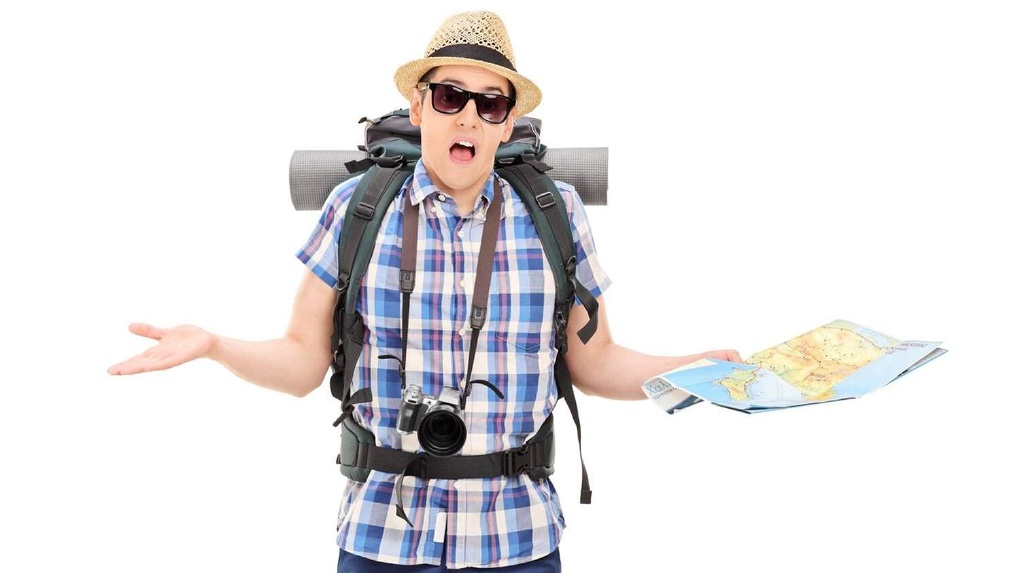
Early booking
Climbing Elbrus with hotel accommodation
4.9194 62
NEW!
Running camp in Elbrus region
Early booking
Climbing Elbrus with hotel accommodation
4.9194 62
Early booking
Climbing Elbrus for beginners
4.9737 38
Hiking cards: what can I use?
Not a single more or less serious campaign is unthinkable without the use of maps.
There are several types of maps that we may come across when planning our upcoming hike:
- Maps from leading online resources (Google, Microsoft, etc.)
- Satellite images
- Free maps drawn by Internet users (OpenStreetMap)
- Topographic maps (for example, the General Staff of the USSR)
- Special travel cards
Now we will look at how these cards differ from each other and what are the pros and cons. For ease of comparison, each map will be illustrated with a fragment of a popular tourist region – the region of Mount Hoverla.
Maps from leading Internet resources
Maps from Google should be referred to these maps.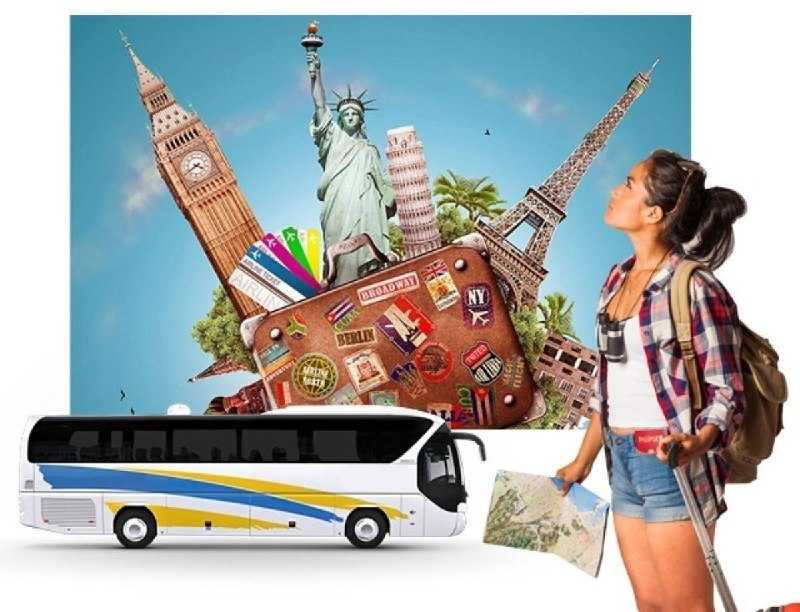
But still, I see how these maps are gradually improving, and from time to time you can meet some natural object marked in the middle of the forest by some enthusiast. So, if you’re not lazy, take a look at Google maps before you go.
| Google Map |
Satellite images
Strictly speaking, satellite images are not maps. A map is a depiction of an area using symbols, while a satellite image is just a photograph. But for convenience, I will also call them maps, since they depict the area and are tied to coordinates.
Various companies provide satellite images: Google, Bing, Esri, Mapbox, Here and some others. Before a trip, it is useful to view pictures from at least two or three resources.
What are the benefits of satellite imagery? First, they are quite accurate and detailed. At maximum magnification, you can easily see even small houses and forks in small paths, as well as mark them with dots with an accuracy of about 10 m. Secondly, satellite images are regularly updated, which compares favorably with the same maps of the USSR General Staff published in 1970-80 -s years.
The downside is that not everything is visible on satellite images. For example, you will not see a path in a dense forest, a small spring or terrain. However, satellite imagery can be very useful and should never be ignored when preparing for a hike.
| Satellite image from Bing. Large and small trails are visible. |
Free maps drawn by Internet users
These are Internet projects that are filled by users themselves, while they, like Wikipedia, are free and free to use for everyone.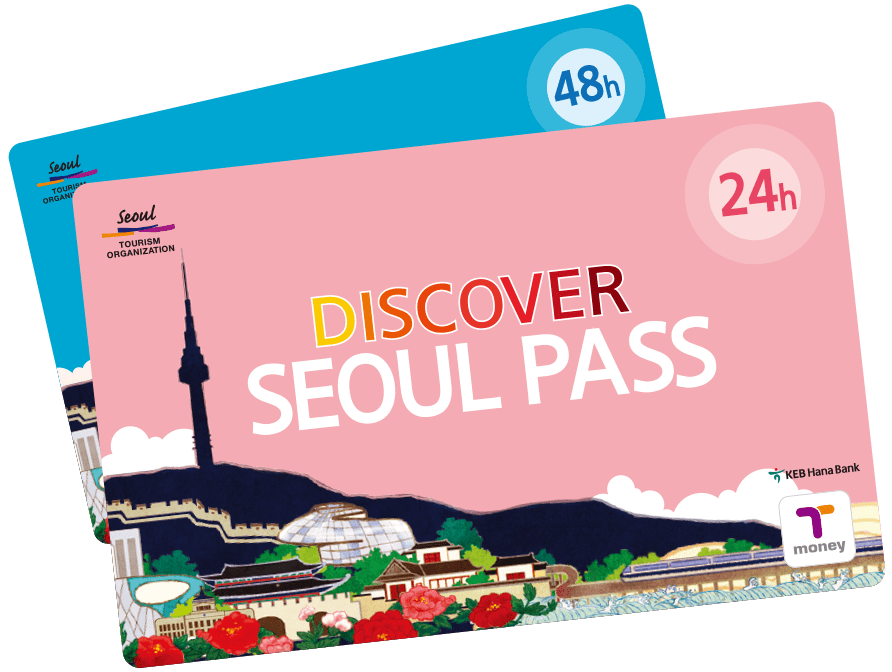
The most famous and popular representative of such maps is OpenStreetMap. It has a detailed system of designations of certain objects, thanks to which it is easy to understand which of the drawn on the map is a path, and which is a dirt road.
OpenStreetMap maps are actively used both in navigators and in numerous programs for smartphones. I wrote more about them here .
The advantage of this type of maps is that where people actively walk and are not too lazy to engage in mapping (for example, popular tourist regions), these maps are very accurate and very detailed. Minus – in less popular, less visited areas, such maps may not be detailed at all or even contain nothing at all.
| A variation of OpenStreetMap |
Topographic maps
Their typical representative is maps of the General Staff of the USSR.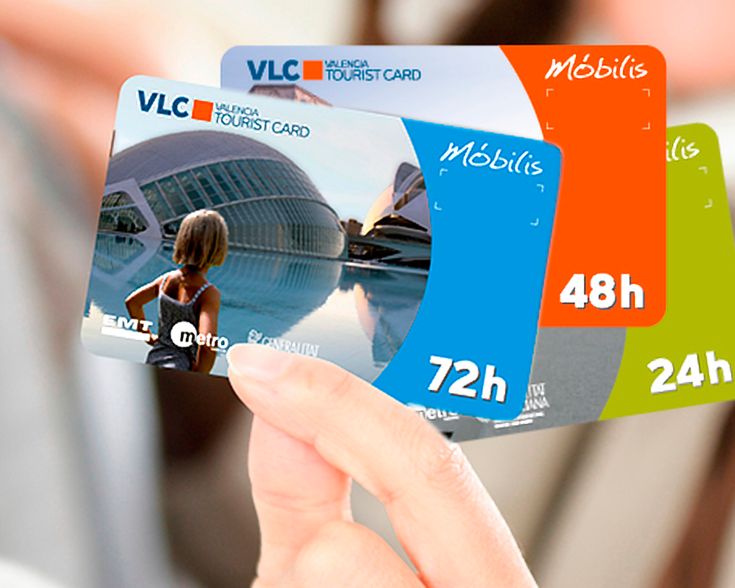
What are the advantages of topographic maps? Firstly, if the map has been recently published, then it reliably and fairly accurately describes the area. Secondly, even on old maps there are elements that have not lost their relevance. For example, the terrain. Compared to other types of maps, topographic topographic maps are usually out of competition.
Now consider the cons. Firstly, many topographic maps were published quite a long time ago (30-40 years ago) and have largely lost their relevance. The paths, roads, lakes, rivers, settlements depicted on them may well not correspond to the terrain at the current time. Secondly, topographic maps on a detailed scale can not be found for all regions. For some regions there are maps of scales 1:50000 (1 cm 500 m) and even 1:25000 (1 cm 250 m), while for others – at best you will find a map of 1:200000 scale (1 cm 2 km) .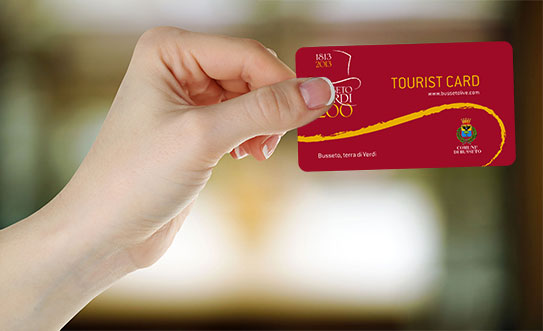
| Topographic map of the USSR General Staff |
Special tourist maps
Tourist maps are usually made from topographic maps. But, unlike them, on tourist maps there are a number of useful objects in the campaign – routes, parking lots, water sources, sights. In addition, the authors of these maps usually check the relevance of the original topographic map and, as far as possible, make corrections that bring the picture on the map closer to the current state of the area.
Typical examples of tourist maps are maps of the Carpathians from the organization “Karpatsky Stitches” and maps of the Mountainous Crimea from the publishing house “Soyuzkarta” (read more about Soyuzkart here ).
The advantage of special tourist maps is that they show almost everything that a tourist needs on a hike: routes, various tourism objects, reliable relief, as well as an image of the area that more or less corresponds to the current moment.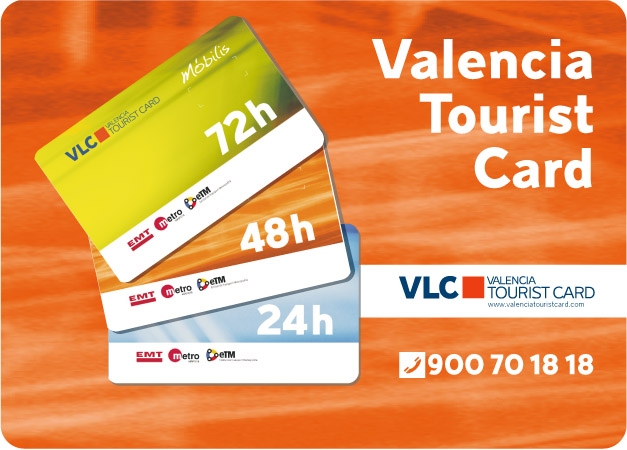
Tourist cards have practically no tangible disadvantages. Unless, of course, we do not consider the fact that a similar type of map exists for a very small number of regions. Therefore, if there are good tourist maps for the area of your future trip, then consider yourself lucky.
| Card from the organization “Carpathian Stitches” |
Where can I get (or see) maps?
I’ll give you two sources where you can find most of the card types I’ve listed.
The first is the online service nakarte.me . It is convenient because you do not need to install any programs on your computer, just go to the Internet through a browser. On this site, you can browse a range of different online maps, switch between them, and get directions for your future hikes. This service also allows you to export maps in JNX format for Garmin navigators and in PDF format for printouts on paper .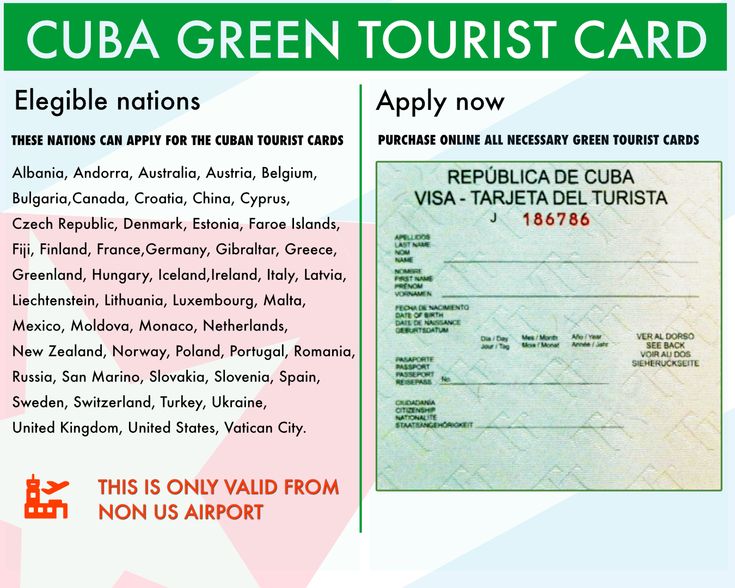
The second is the program SAS Planet . You just need to download it to your computer. The program does not need to be installed, it can even work from a USB flash drive. It has more opportunities than the previous service, and the number of cards offered is also larger. Maps can be downloaded to a computer and used offline, without the Internet. A wide range of export formats is also offered, both for navigators and for smartphones or PC programs.
As for special tourist cards, they are presented very poorly in SAS Planet and on the site nakarte.me. Usually you have to look for tourist maps simply on the Internet or buy them in paper form and scan them.
So, as you can see, there are different cards, and each of them has its pros and cons. Therefore, when preparing for a hike, it is advisable to look at all the maps that can be at least somewhat useful for planning a future route. Mark important objects on them along your route, download maps to navigators or smartphones, print them on paper.

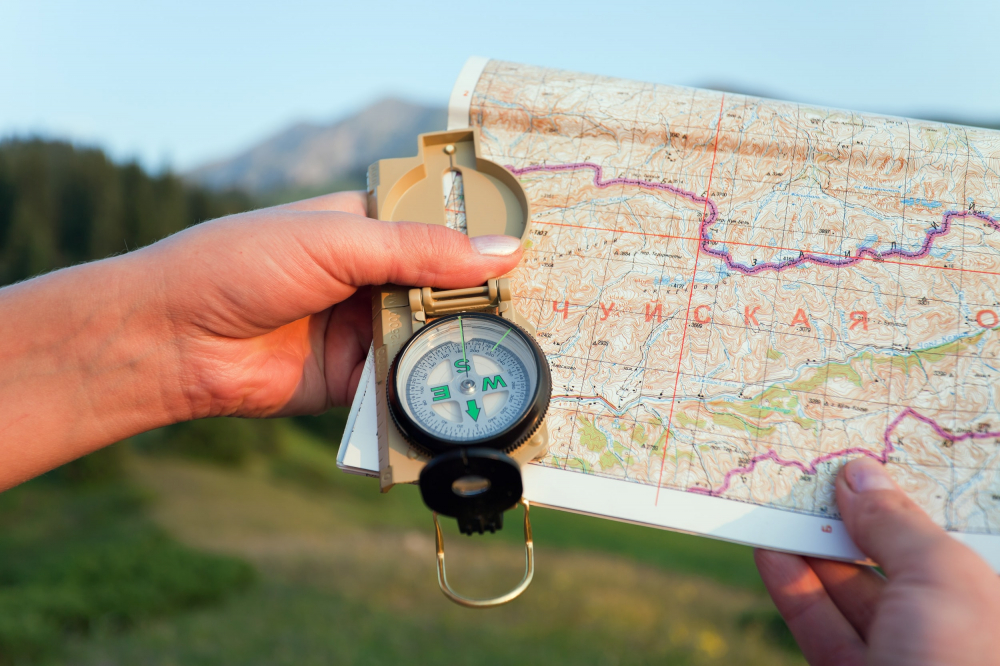
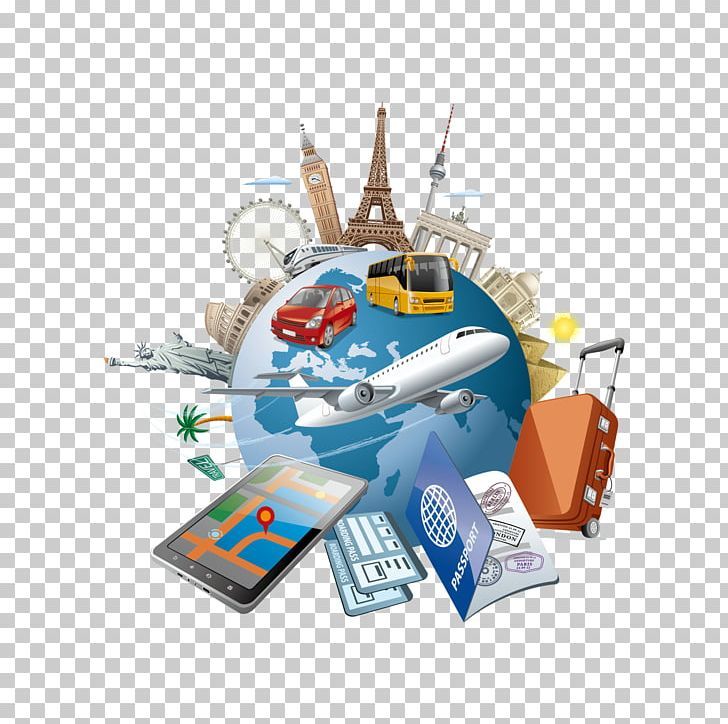 It is up to the Immigration Officer to accept or reject your Electronic Tourist Card.
It is up to the Immigration Officer to accept or reject your Electronic Tourist Card.
